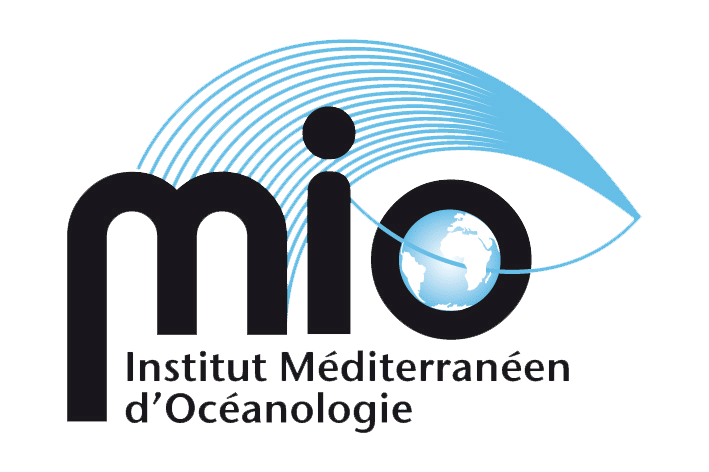South Pacific
Oligotrophic ecosystems occupy around 70% of the world's ocean surface and although they are considered to be biological deserts, the relationship between production and mineralisation in these regions is still open to debate. Despite this, these systems could make a significant contribution to the export of organic carbon and the sequestration of atmospheric CO2.
An in-depth understanding of these vast ecosystems is therefore necessary if we are to be able to characterise them and predict possible modifications linked to environmental change.
The South Tropical Pacific is one of our priority projects, as it is particularly under-sampled and has a unique feature: it is home to the highest abundance of nitrogen-fixing cyanobacteria in the world ocean. These organisms are able to develop in the absence of nitrates. They use nitrogen from the air through nitrogen fixation, a process that fertilises surface waters with nitrogen and thus potentially supports primary and secondary production, and also has the potential to prime the biological carbon pump in these vast 'deserts'.
In particular, we are asking the following scientific questions:
- What are the dynamics of diazotrophy and its control factors in this region?
- What are the interactions between planktonic organisms and the cycles of biogenic elements in this region, on scales ranging from the cell to the ecosystem?
- What is the production and fate of the organic matter produced in the illuminated layer, particularly that supported by diazotrophic organisms?
- What is the fate of nitrogen fixed by diazotrophs in the planktonic food web and its impact on the export of matter?
The team's recent and current projects on the subject: VAHINE, OUTPACE, TONGA...





